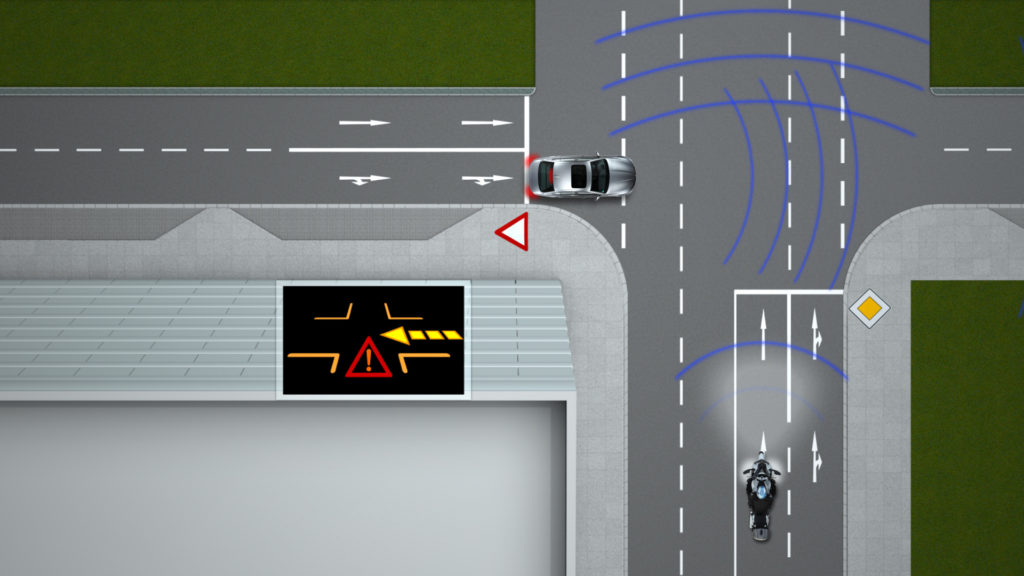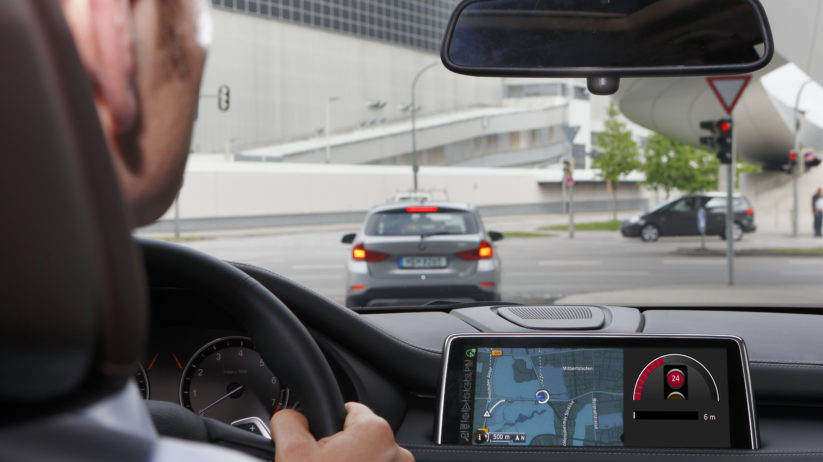I would never want to be a civil engineer. Don’t jump to conclusions—the profession is an admirable one, and has some fascinating applications—but there are certain problems that, even in 2019, seem incredibly difficult to solve. One of these problems is traffic itself. I’ve practiced my own form of catharsis on this very website multiple times when it comes to lamenting traffic, why it happens (people) and what we do about it.
There are those who feel as though they’ve been granted some kind of divine authority when it comes to enforcing the speed of traffic in the left lane, and there are also those who have difficulty comprehending even the simplest of road regulations. There are also, however, the devices used to create some semblance of safety and order, like traffic lights—visual signals that we treat as impregnable barriers, lest we should get t-boned at high speed.
But, when I’m waiting at a light with no one else around, the circumstances always beg a simple question: How much time have I spent sitting at red lights?

You’re already thinking about the scenario: it’s just past dawn on a Saturday. The air is still heavy with dew, most individuals remain in some form of R.E.M. sleep, and you’ve just fired up your pride and joy for a quick jaunt to the local cars and coffee. But, before you can hit the freeway, it’s time to waste a few precious moments of your finite life existence sitting at red lights with no traffic of any kind within a radius of at least a few miles. There’s no one around, but there you sit, exercising the shifter in the neutral position, checking for other vehicles, waiting for the light to turn green.
And then, there are the other times, when you might be at a busy intersection with people coming from various directions. Once again, there you sit; the bulk of traffic from the intersecting green light has passed, and now, no one is moving. Every few moments, a lone straggler crosses in front of you, but still, their light remains green, and yours red. Finally, just before you get the green, one final vehicle flies through at the tail end of the yellow, delaying everyone else just a moment or two longer.

We all know that the game theory of life is perhaps best embodied by our willingness to stop at traffic lights when we should, a tenet of any orderly society with the rule of law. Nonetheless, the two scenarios above are just a few examples of how traffic lights, over time, devour irreplaceable time in our lives.
I think I have the pleasure of sitting at more red lights than most. In the neighborhood where I live, there is one long main drag, and to get anywhere from my abode, I must cross this street. It’s not a bad street by any means, but as the years and decades have wore on, the number of traffic lights that bring things to an agonizing halt has only increased. And, it’s not just leaving the neighborhood either; the area has a few decent shopping centers, but getting to the main one, on the opposite side of the other busy thoroughfare that intersects my neighborhood’s main drag, can take nearly 20 minutes if you happen to be unlucky, like myself.
This 1.6-mile journey to the local grocer shouldn’t take longer than a few minutes, but in the suburban paradise I must traverse to get there, a total of six traffic lights stand in my way. I understand that at least a few of these lights are probably timed for optimal traffic flow through the busy intersection discussed above, but if I leave at the wrong moment on the universal time scale, or catch a single red light, it’s possible to then be stuck at every other red light, stretching a five minute drive into fifteen.
Clutch pedal in, clutch pedal out. My E30 is usually my preferred form of transportation when I’m relegating my travels to the neighborhood, and being the tired and well-used example that it is, every clutch engagement and start from a dead stop is another incremental step toward replacement.

Then, there is the idling. It is 2019, and one would think that, with all of these connected devices populating the internet of things, we might be able to have more intelligent traffic flow. Yes, lights have been able to sense our presence, via one medium or another, for decades now, but, as is discussed above, we are still far from true optimization. For several years now, modern cars have come equipped with start/stop functionality which kills the engine at stop lights, but in my experience, hearing a starter fire up when a light turns green is still somewhat foreign, and by no means fully integrated. Not to mention, the advent of such a feature is more of a sign of defeat—that we simply cannot figure out traffic—than a smart solution to an ever-present problem.
So there I sit, engine idling, gasoline burning, waiting for the light to change so I can gingerly engage the clutch and quickly get through first gear, and back to a more efficient speed.
We know that idling is a time of high emissions, along with starting from a dead stop and resuming your speed, especially repeated dozens of times per drive. But what if you could simply spend more time in gear, with the revs low, and the speed high?

Just as I’ve expressed there being some hope for technology to remove left-lane road-regulators from our thoroughfares through self-driving cars and other forms of autonomy, I also believe the future could hold solutions for optimizing traffic flow. We’re not there yet—not even close—but I can envision a time when our cars are smart enough to communicate with the lights and other traffic around them so that no one ever comes to a dead stop on a freeway with a 65 mile-per-hour speed limit again.
And for those of us with ancient machines that still require the manual changing of gears, perhaps the revolution will allow us to keep the revs up through the curves before we hit the the highway.—Alex Tock
[Photos courtesy BMW AG, Jonas Von Werne.]





















